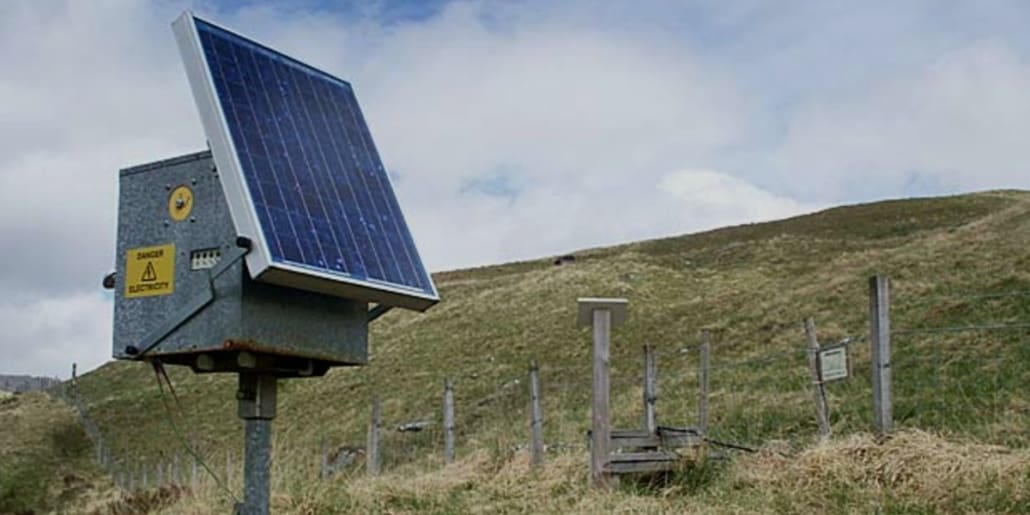Just How To Install Your Electrical Fence Charger

Electrical fencing is frequently used to contain creatures, and to keep wildlife from getting into gardens and landscaped areas. It really is more easy to install and less expensive compared to other designs of fencing. Maintenance may be high and some knowledge is necessary to install it correctly and keep it. Electric fence chargers provide the flexibility of use in locations with no access to electric energy.
Installing the Charger
Firstly all all plant in a 5-foot swath across the planned fence line. Install fencing articles every 20 to 30 feet. Steering clear of the electric wire from touching the bottom, tree branches or different wood or metal objects could be the main purpose when installing and keeping electric fencing, as this leads to the electric energy to leak into the earth as opposed to shocking critters that enter in to contact with the fencing.
Then run fencing wire over the fence articles. Wire spacing is every 8 to 12 inches, however, adhere to the recommendation of the manufacturer to create fencing for animals that are certain. Many options exist for fencing posts. Vinyl insulators might be utilised with metal or wooden articles, and non conducting fiber and plastic glass posts possess clips for your own cord that was electric.
Install grounding rods charger. Drive the grounding rods. One pole may be sufficient in moist climates, but utilize three rods spaced 10 feet apart from areas of soil that is dry.
Install the fence charger inside a weather proof box if indicated by the manufacturer. Few chargers may withstand the weather and might be mounted onto a post. Insert the batteries or attach the charger to batteries that are outside, depending upon the version. Connect the grounding terminal of the charger into the grounding rods with a piece of fence wire. Join the positive terminal of the charger to the fence with still yet another piece of cord. Turn onto the charger.
Testing and Maintaining the Controller
1. Set the positive terminal of the electric fence tester onto the fencing wire and put the grounding terminal of the tester in to the soil. If the current is weak or non existent on the fence, then disconnect the grounding and fence rods out of the charger and use the fence tester to be certain the charger is currently putting out a current. Otherwise, the battery may need to get charged.
2. Connect the battery into the battery charger until the index shows they will have now been fully charged.
3. Reconnect the bolts into the fence charger and test the fence. In case the present is non-existent or feeble, walk the fence to determine when a diaphragm or other plant has come in connection with it or whether it's been broken somewhere.
4. Examine the fence to monitor the current's effectiveness in the body, clearing plant as vital and repairing the fencing. The charge receives below 40 per cent of the capacity, replace it with newly charged batteries. Battery life will change with the version used, however seven to 10 days is the replacement time period.
Guidelines: as the current is conducted by the wet surfaces of their insulators and posts into the earth Electric fences may be shorted out completely during and after a rain. Some foliage will develop without causing a short, depending on the effectiveness of the system. When the foliage is covered with dew, When there's plant or plant the present may get a reading at the evenings.
Warning: Make sure to avoid accidental connection with the electric wire whenever the device is turned on. Keep pets and kids away from the fenced area.



